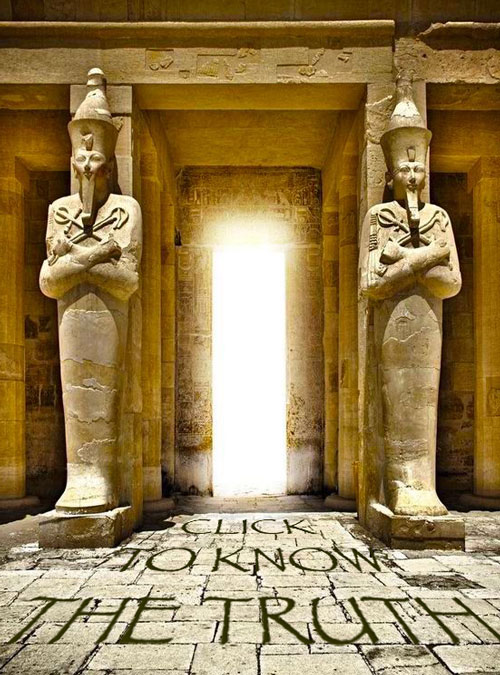Wadjet & Nekhbet
Wadjet was the goddess of protection.

As a patron deity she was often depicted as a rearing Egyptian cobra that was a snake common to the delta region. Her oracle was in the renowned temple in Per-Wadjet that was dedicated to her worship and gave the city its name. This serpent goddess was probably the source for the oracular tradition that spread from there to Delphi.
The northern winter solstice (usually December 21) was a significant time of year in many cultures, often followed by festivals and rituals. Since Egyptian times, it marked the symbolic death and rebirth of the Sun. As the gradual lengthening of the nights and the shortening of days came to an end, the Sun was recast in the sky.
Christmas Day therefore, celebrated the Sun restarting the latitude ladder of declination. It was time to recalibrate the stars, beginning with a marker for the sky’s celestial equator—Egypt’s cobra. Indeed, for generations the Egyptians celebrated The Going Forth of Wadjet on December 25 because it acknowledged the serpent in the sky (who meandered across 100 degrees of the heavens) as the goddess of rebirth. To this day, she rises parallel to the plane of the Milky Way and about 20° to the north.

Above: Wadjet, the rearing cobra (now called Hydra)
Wadjet means “papyrus-colored one” because wadj was the ancient Egyptian word for green (in reference to the colour of the papyrus plant) and et was an indication of gender. Eventually, Wadjet was claimed as the patron goddess and protector of the whole of Lower Egypt.
By contrast, Egypt’s oldest oracle was the shrine of Nekhbet at Nekheb, the original necropolis or “city of the dead”. It was the companion city to Nekhen, the religious and political capital of Upper Egypt at the end of the predynastic period. At its height, from about 3,400 BCE, Nekhen had at least 5,000 inhabitants.

Above: the headdress of Nekhbet
Most people think “death” when they see a vulture. Not so in ancient Egypt! Nekhbet, the vulture goddess of the Nile, protected Egypt’s kings and their famous white crowns. The priestesses of Nekhbet were called muu (mothers) who wore robes of white vulture feathers. This was because the ancient Egyptians viewed vultures as being excellent mothers. In art, Nekhbet was also depicted as a vulture. She was usually shown hovering with her wings spread above the royal image, clutching a shen ring (representing encircling protection) in her claws. As patron of the pharaoh, she was sometimes seen as the Mother of Mothers.
So these protective symbols of death and life were referred to as the Two Ladies. Indeed, Nekhbet victimises the world as the vulture of death but simultaneously Wadjet rejuvenates the world as the serpent of life.

Above: the indigo colour of the Eye of Horus was manifested in lapis lazuli
This iconography is symbolic of the breathing out and in of the universe: Nekhbet delivers attack and death and Wadjet resurrects with protection and rebirth. These goddesses describe how contrary forces can be expressed within us all: in reality extremes actually give rise to each other. So the famous Riddle of the Ouroboros deals with the relationship between perceived opposites:
Name the two sisters: one gives birth to the other who in turn gives birth to the first?
If you answered “Nekhbet and Wadjet” then a most curious thing happens: you transcend the opposites. This is the intent of the riddle: it reminds us to honour the eternal cycle of corruption and rejuvenation within ourselves. So the two goddesses known for their devouring and sustaining traits must be identified within us as the “sisters” they truly are. This sacred process leads in one direction: immortality. Eventually we accept death and rebirth as a simultaneous event. As the late John Anthony West put it:

When death is regarded not (as with us) as an ultimate dissolution, but rather as a transitional (and crucial) stage of the journey, then the apparent Egyptian preoccupation with death becomes exactly the opposite of what it seems to be. It is, in fact, a preoccupation with life in the deepest possible sense.
